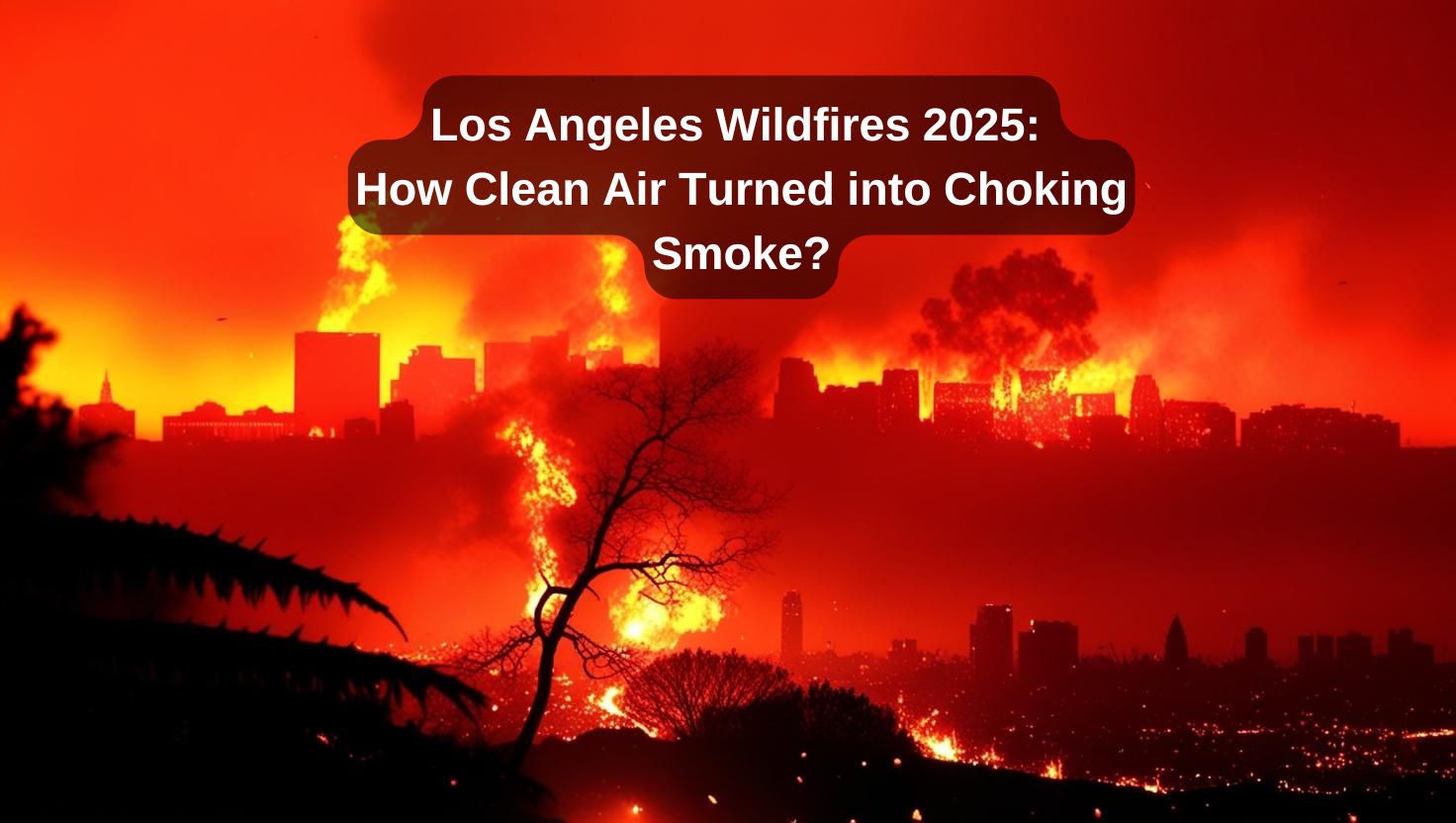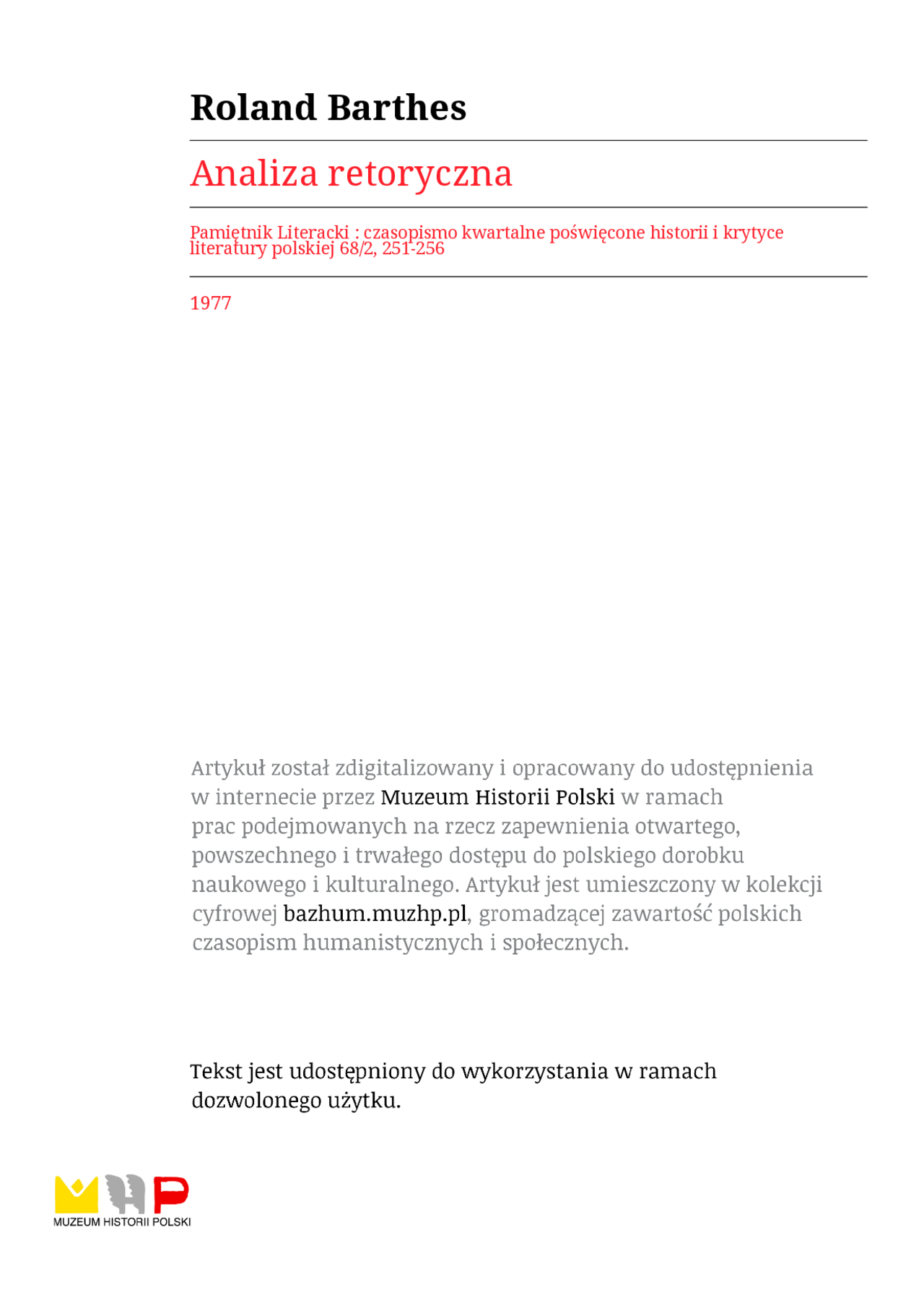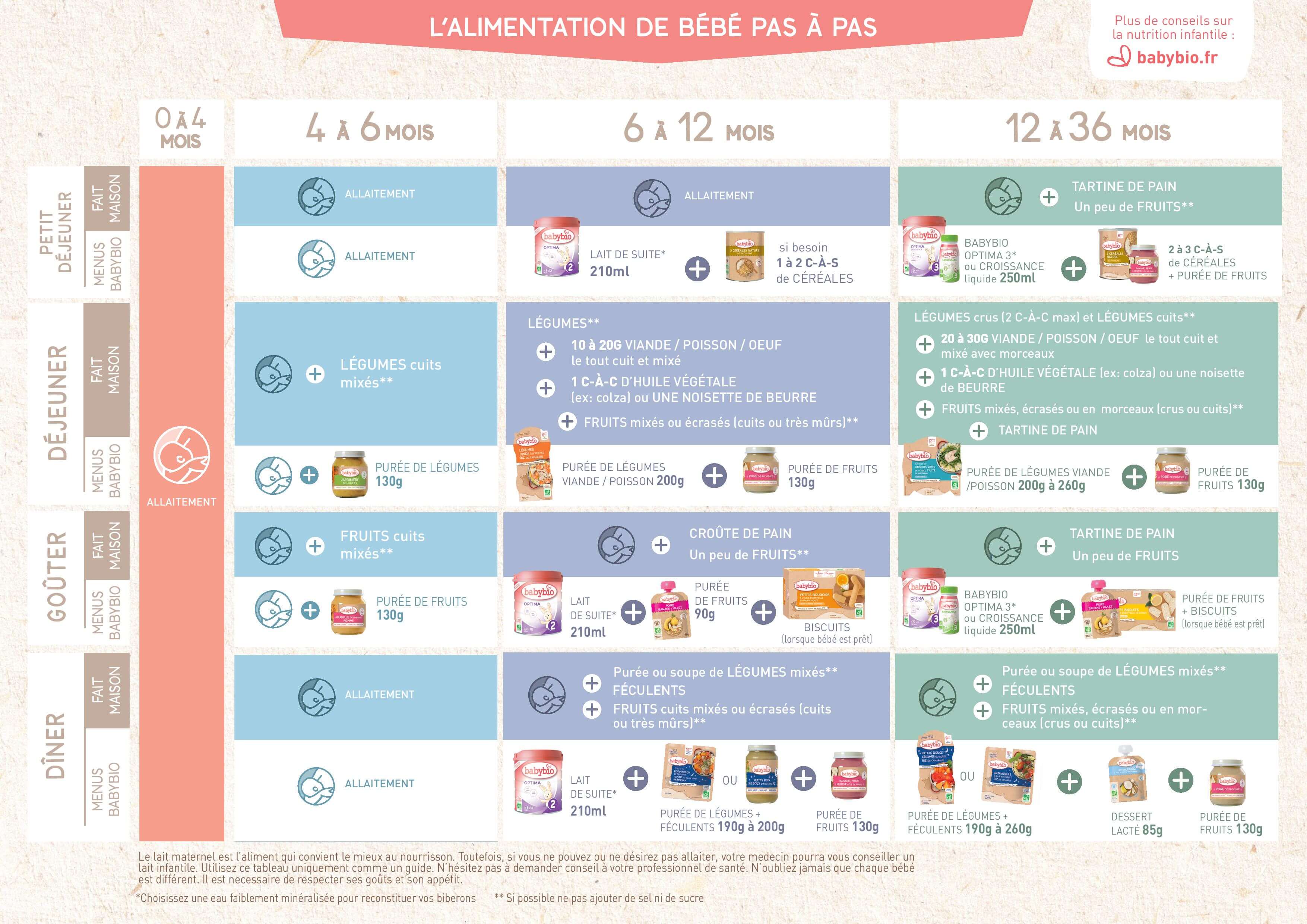Los Angeles Wildfires: A Reflection Of Societal Attitudes Towards Risk And Betting

Table of Contents
The Increasing Frequency and Intensity of Los Angeles Wildfires
The frequency and intensity of wildfires in Los Angeles and Southern California have dramatically increased in recent decades. This alarming trend is a result of several interconnected factors, creating a dangerous cycle of escalating risk.
Climate Change as a Major Contributing Factor
Climate change is undeniably a primary driver of this escalating wildfire crisis. Increased temperatures, prolonged droughts, and altered wind patterns create a perfect storm for devastating wildfires.
- Increased Temperatures: Higher average temperatures dry out vegetation, creating readily available fuel for wildfires.
- Prolonged Droughts: Extended periods without significant rainfall leave landscapes parched and highly flammable.
- Shifting Wind Patterns: Stronger and more unpredictable winds rapidly spread wildfires, making them harder to contain.
- Earlier Snowmelt: Reduced snowpack in the mountains leads to earlier and more intense drying of vegetation, extending the wildfire season.
Statistics paint a stark picture. Data from Cal Fire shows a significant increase in both the number of wildfires and the acreage burned in Southern California over the past two decades. The impact of climate change denial further exacerbates the problem, hindering the implementation of effective mitigation strategies and delaying crucial policy changes.
Urban Sprawl and Wildland-Urban Interface (WUI)
The expansion of housing developments into wildfire-prone areas, creating a larger wildland-urban interface (WUI), significantly increases the risk to both property and lives. This uncontrolled growth presents immense challenges in managing wildfire risk.
- Increased Ignition Sources: More homes in close proximity to flammable vegetation increase the chances of accidental or intentional ignitions.
- Difficult Evacuations: Densely populated WUI areas can make evacuations challenging and dangerous during wildfires.
- Defensible Space Challenges: Maintaining adequate defensible space around homes in WUI zones is crucial but often difficult to enforce.
- Inadequate Building Codes: Older homes and buildings in WUI areas may lack the necessary fire-resistant features.
Regulations exist to manage development in WUI zones, but their enforcement varies, and the rapid expansion of these areas often outpaces the implementation of effective safety measures.
Societal Attitudes Towards Wildfire Risk
Understanding societal attitudes towards wildfire risk is crucial in developing effective mitigation strategies. A complex interplay of psychological factors and economic considerations shapes our collective response, often leading to a dangerous level of complacency.
Risk Perception and Behavioral Responses
Many factors influence how individuals perceive and respond to wildfire risk. Psychological biases, limited understanding of probabilities, and the perceived remoteness of the threat can lead to a significant disconnect between actual risk and individual actions.
- Risk Complacency: Many individuals underestimate the probability of a wildfire impacting them personally, leading to inadequate preparedness.
- Normalization of Risk: Repeated exposure to wildfire events can lead to a sense of normalization, reducing perceived urgency for preventive actions.
- Cognitive Biases: Optimism bias and availability heuristic can distort individual risk perceptions, leading to underestimation of personal vulnerability.
Public awareness campaigns play a vital role in improving risk perception and promoting proactive behavior, but their effectiveness needs constant evaluation and refinement.
The "Bet" We Make Through Inaction
Underinvesting in wildfire prevention and mitigation is an implicit "bet" society makes, with potentially devastating consequences. The economic and social costs of inaction far outweigh the costs of proactive measures.
- Firefighting Costs: The cost of battling wildfires is enormous, placing a significant burden on public resources.
- Property Damage: Wildfires cause billions of dollars in property damage annually.
- Loss of Life: Wildfires tragically claim lives and cause significant emotional distress to affected communities.
- Long-Term Economic Consequences: The disruption of livelihoods, tourism, and infrastructure can have long-lasting economic impacts.
Mitigation Strategies and Responsible Risk Management
Addressing the escalating wildfire threat requires a comprehensive and multifaceted approach encompassing improved land management, stricter building codes, enhanced community preparedness, and a fundamental shift in societal risk perception.
Improved Land Management Practices
Proactive land management is essential to reducing wildfire risk. This includes implementing controlled burns, forest thinning, and other measures to create fuel breaks and reduce the intensity of wildfires.
- Controlled Burns: Prescribed burns can remove excess flammable vegetation, reducing the risk of larger, more destructive wildfires.
- Forest Thinning: Removing dense undergrowth and smaller trees creates more space between larger trees, slowing the spread of wildfires.
- Community Involvement: Engaging local communities in land management initiatives fosters a sense of ownership and responsibility.
Effective land management requires collaboration between government agencies, researchers, and local communities.
Building Codes and Community Preparedness
Stricter building codes mandating fire-resistant materials and construction techniques are crucial in reducing property losses and improving safety. Community-based wildfire preparedness programs are equally vital.
- Fire-Resistant Building Materials: Utilizing materials like fire-resistant roofing and siding can significantly reduce the risk of home ignition.
- Defensible Space: Creating and maintaining defensible space around homes by removing flammable vegetation is crucial.
- Evacuation Plans: Developing and regularly practicing evacuation plans is essential to ensure the safety of residents in wildfire-prone areas.
Insurance and Economic Incentives
Insurance plays a critical role in incentivizing risk mitigation, and government programs can further encourage responsible risk management.
- Incentivizing Mitigation: Insurance companies can offer discounts to homeowners who implement wildfire-resistant measures.
- Government Subsidies: Government programs can provide financial assistance to homeowners for implementing mitigation measures.
- Targeted Tax Breaks: Tax incentives can encourage investments in fire-resistant construction and landscaping.
Conclusion
Los Angeles wildfires are not merely natural disasters; they represent a complex interaction between environmental factors, societal attitudes towards risk, and the implicit "bet" we make on preparedness. Addressing this challenge requires a multi-faceted approach combining improved land management, stricter building codes, enhanced community preparedness, and a fundamental shift in societal risk perception. By embracing proactive mitigation strategies and responsible risk management, we can reduce the devastating impact of future Los Angeles wildfires and lessen the gamble we take with our lives and our environment. Learn more about Los Angeles wildfire safety and prevention by researching local resources and participating in community preparedness programs. Don't gamble with your safety – invest in wildfire preparedness.

Featured Posts
-
 Full Tv Guide Newsround On Bbc Two Hd
May 02, 2025
Full Tv Guide Newsround On Bbc Two Hd
May 02, 2025 -
 Analiza Retoryczna Solidarnosc Vs Republika Wyjatkowe Wyroznienia
May 02, 2025
Analiza Retoryczna Solidarnosc Vs Republika Wyjatkowe Wyroznienia
May 02, 2025 -
 Voici Le Poids De Votre Bebe En Chocolat Offre Speciale Boulangerie Normande
May 02, 2025
Voici Le Poids De Votre Bebe En Chocolat Offre Speciale Boulangerie Normande
May 02, 2025 -
 Dalla Star Priscilla Pointer Dead At Age 100
May 02, 2025
Dalla Star Priscilla Pointer Dead At Age 100
May 02, 2025 -
 Understanding Stock Market Valuations Bof As Rationale For Investor Calm
May 02, 2025
Understanding Stock Market Valuations Bof As Rationale For Investor Calm
May 02, 2025
